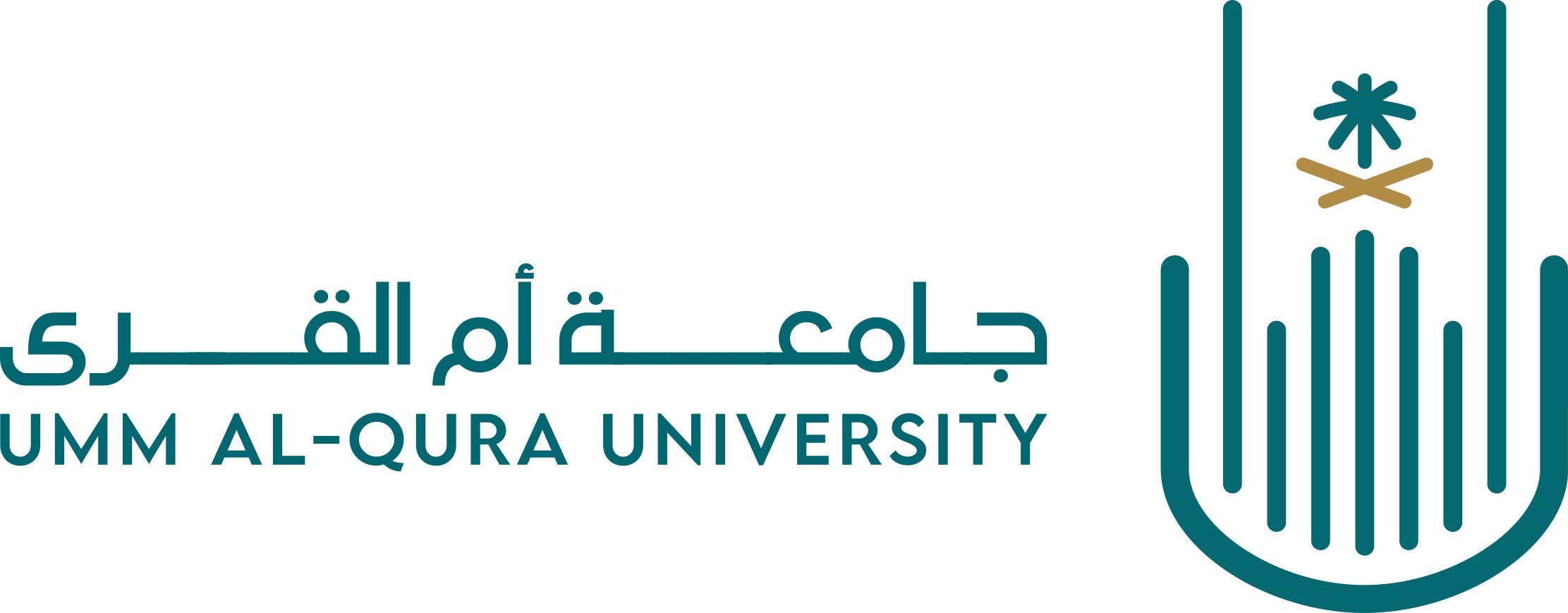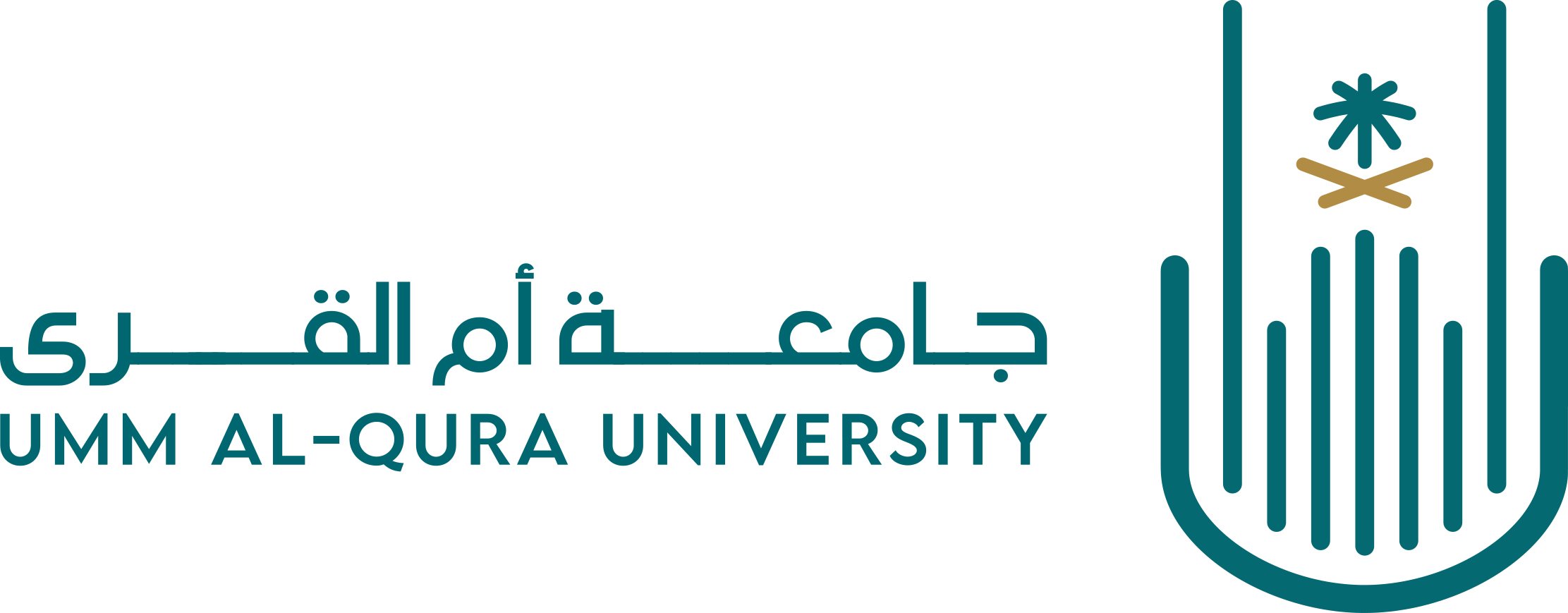- Communities& Collections
- Browse Items by:
- Issue Date
- Author
- Title
- Subject
تطوير بنية تحتية للبيانات المكانية لحركة الحجاج وتنقلهم خلال أيام الحج في المشاعر المقدسة
تعتبر سلامة الحجاج من اهم أولويات السلطات التي تسهر على مرور مناسك الحج في أفضل الظروف. ولا يخفى ان إدارة حشود الحجاج و تنقلهم داخل المشاعر المقدسة خلال ايام الحج يعتبران جانبان أساسيان يجب أخذهما بعين الاعتبار لضمان سلامة حجاج بيت الله الحرام. ان إدارة حشود الحجاج و مراقبتها بالاضافة الى اقتراح أفضل و أسلم مسارات التنقل، تحتاج الى تطويربُنية تحتية للبيانات المكانية. في هذه الورقة العلمية، سوف نعرض بنية تحتية للبيانات المكانية تهدف الى توفير معلومات و تحليلات مكانية مفيدة و ذات أهمية من اجل مساندة اتخاذ القرارات المناسبة لتفويج الحجاج ومراقبة تنقلاتهم و محاكاة خطط الطوارئ. لتحقيق هذا الهدف، قمنا بتصميم قاعدة بيانات مكانية من اجل نمذجة الالية المتبعة في تفويج الحجاج وتنقلاتهم داخل المشاعر المقدسة (منى، عرفات و مزدلفة) خلال ايام الحج. بالاضافة الى ذلك، قمنا بتطوير شبكة نقل متعددة الوسائط تتألف من اهم وسائل التنقل المستعملة خلال ايام الحج التي تتمثل أساسا في؛ خطوط الحافلات، شبكة القطار و مسارات المشاة. كما تحتوي شبكة النقل المتعددة الوسائط المطورة على نقاط تجمع الحجاج داخل المخيمات بمنى و عرفات. تسمح قاعدة البيانات المكانية وشبكة النقل المتعددة الوسائط اللتان تم تطويرهما بإنشاء بنية تحتية فعالة للبيانات المكانية توفر مساندة قوية لكافة جوانب إدارة حشود الحجاج. كذلك، يمكن استخدام هذه البنية في تقديم الخدمات المعتمدة على الموقع بطريقة فعالة لحجاج بيت الله الحرام اثناء اداء مناسك الحج. في نهاية هذه الورقة، سوف نقدم نتائج المحاكاة التي تحصلنا عليها على أساس البنية التحتية للبيانات المكانية المقترحة والتي تتمثل في السيناريوهات التالية: ١) التنقل من مخيمات منى الى مخيمات عرفات، ٢) التنقل من مخيمات عرفات الى مزدلفة، و ٣) التنقل من مخيمات منى الى الجمرات. The safety of pilgrims is one the most important issues faced by authorities to make sure that Hajj rituals are carried out in the best condition. Management of pilgrims crowds’ movement as well as their transportation among Holy places during Hajj days are two main key aspects to take into consideration to ensure their safety. The management of pilgrims’ crowds, the monitoring of their displacement in addition to the proposition of safe and optimal transportation paths require a suitable Spatial Data Infrastructure (SDI). In this paper, we present an SDI that intends to provide useful and relevant spatial information and spatial analysis to support decision making for pilgrims’ crowd management, monitoring, and simulating emergency strategies. To achieve this goal, a Spatial Database was designed in order to model the approach adopted in planning pilgrims’ displacement and transportation among holy places (Arafah, Muzdalifah, Mina) during Hajj days. We also developed a Multi-Modal Transportation Network (MMTK) composed of the main transportation modes used during Hajj days, namely; Bus routes, Train network, and Pedestrian paths. This MMTN contains also assembly points inside Mina and Arafah camps. The elaborated Spatial Database and Multi-Modal Transportation Network ensure defining a powerful SDI dedicated to support all aspects of pilgrims crowds’ management. In addition, it can be used to offer useful Location Based Services (LBS) for pilgrims while performing Hajj rituals. At the end of this paper, we’ll present the simulation results that we’ve conducted based on the developed SDI. These simulations are related to the following movements; 1) from Mina’s camps to Arafah’s camps, 2) from Arafah’s camps to Muzdalifah, and 3) from Mina’s camps to Jamarat.
| Title: | تطوير بنية تحتية للبيانات المكانية لحركة الحجاج وتنقلهم خلال أيام الحج في المشاعر المقدسة |
| Other Titles: | Developing a Spatial Data Infrastructure (SDI) for Pilgrims’ Movement and Transportation during Hajj days in Holy Places |
| Authors: | اليعقوبي, رضا |
| Subjects :: | البنية التحتية تنقل الحجاج والمعتمرين المشاعر المقدسة |
| Issue Date :: | 27-May-2015 |
| Publisher :: | معهد خادم الحرمين الشريفين لأبحاث الحج والعمرة - جامعة أم القرى |
| Series/Report no.: | أبحاث الملتقى العلمي 15;1 |
| Abstract: | تعتبر سلامة الحجاج من اهم أولويات السلطات التي تسهر على مرور مناسك الحج في أفضل الظروف. ولا يخفى ان إدارة حشود الحجاج و تنقلهم داخل المشاعر المقدسة خلال ايام الحج يعتبران جانبان أساسيان يجب أخذهما بعين الاعتبار لضمان سلامة حجاج بيت الله الحرام. ان إدارة حشود الحجاج و مراقبتها بالاضافة الى اقتراح أفضل و أسلم مسارات التنقل، تحتاج الى تطويربُنية تحتية للبيانات المكانية. في هذه الورقة العلمية، سوف نعرض بنية تحتية للبيانات المكانية تهدف الى توفير معلومات و تحليلات مكانية مفيدة و ذات أهمية من اجل مساندة اتخاذ القرارات المناسبة لتفويج الحجاج ومراقبة تنقلاتهم و محاكاة خطط الطوارئ. لتحقيق هذا الهدف، قمنا بتصميم قاعدة بيانات مكانية من اجل نمذجة الالية المتبعة في تفويج الحجاج وتنقلاتهم داخل المشاعر المقدسة (منى، عرفات و مزدلفة) خلال ايام الحج. بالاضافة الى ذلك، قمنا بتطوير شبكة نقل متعددة الوسائط تتألف من اهم وسائل التنقل المستعملة خلال ايام الحج التي تتمثل أساسا في؛ خطوط الحافلات، شبكة القطار و مسارات المشاة. كما تحتوي شبكة النقل المتعددة الوسائط المطورة على نقاط تجمع الحجاج داخل المخيمات بمنى و عرفات. تسمح قاعدة البيانات المكانية وشبكة النقل المتعددة الوسائط اللتان تم تطويرهما بإنشاء بنية تحتية فعالة للبيانات المكانية توفر مساندة قوية لكافة جوانب إدارة حشود الحجاج. كذلك، يمكن استخدام هذه البنية في تقديم الخدمات المعتمدة على الموقع بطريقة فعالة لحجاج بيت الله الحرام اثناء اداء مناسك الحج. في نهاية هذه الورقة، سوف نقدم نتائج المحاكاة التي تحصلنا عليها على أساس البنية التحتية للبيانات المكانية المقترحة والتي تتمثل في السيناريوهات التالية: ١) التنقل من مخيمات منى الى مخيمات عرفات، ٢) التنقل من مخيمات عرفات الى مزدلفة، و ٣) التنقل من مخيمات منى الى الجمرات. The safety of pilgrims is one the most important issues faced by authorities to make sure that Hajj rituals are carried out in the best condition. Management of pilgrims crowds’ movement as well as their transportation among Holy places during Hajj days are two main key aspects to take into consideration to ensure their safety. The management of pilgrims’ crowds, the monitoring of their displacement in addition to the proposition of safe and optimal transportation paths require a suitable Spatial Data Infrastructure (SDI). In this paper, we present an SDI that intends to provide useful and relevant spatial information and spatial analysis to support decision making for pilgrims’ crowd management, monitoring, and simulating emergency strategies. To achieve this goal, a Spatial Database was designed in order to model the approach adopted in planning pilgrims’ displacement and transportation among holy places (Arafah, Muzdalifah, Mina) during Hajj days. We also developed a Multi-Modal Transportation Network (MMTK) composed of the main transportation modes used during Hajj days, namely; Bus routes, Train network, and Pedestrian paths. This MMTN contains also assembly points inside Mina and Arafah camps. The elaborated Spatial Database and Multi-Modal Transportation Network ensure defining a powerful SDI dedicated to support all aspects of pilgrims crowds’ management. In addition, it can be used to offer useful Location Based Services (LBS) for pilgrims while performing Hajj rituals. At the end of this paper, we’ll present the simulation results that we’ve conducted based on the developed SDI. These simulations are related to the following movements; 1) from Mina’s camps to Arafah’s camps, 2) from Arafah’s camps to Muzdalifah, and 3) from Mina’s camps to Jamarat. |
| Description :: | Recommendations: We have presented some simulations of pilgrims’ transportation while performing Hajj rituals. The proposed itineraries can be communicated as Location Based Services (LBS) to pilgrims or Tawafah institutions, through the use of smart phones for example, in order to be aware of their assigned routes. Furthermore, the proposed solution may be very effective in assisting Hajj authorities to determine the optimal routes and transportation modes while taking into consideration the desired restrictions. |
| URI: | http://dorar.uqu.edu.sa//uquui/handle/20.500.12248/131617 |
| Appears in Collections : | 3-المحور الثالث الدراسات العمرانية والهندسية |
| File | Description | Size | Format | |
|---|---|---|---|---|
| السجل العلمي لأبحاث الملتقى 15-262.pdf | ملخص بحث - تطوير بنية تحتية للبيانات المكانية لحركة الحجاج | 277.98 kB | Adobe PDF |  View/Open |
| أبحاث الملتقى 15 - إنجليزي-110-118.pdf | البحث باللغة الإنجليزية | 893.07 kB | Adobe PDF |  View/Open |
| Developing a Spatial Data Infrastructure (SDI) for Pilgrims’ Movement and Transportation during Hajj.docx | البحث بصيغة وورد | 3.17 MB | Microsoft Word XML | View/Open |
Items in D-Library are protected by copyright, with all rights reserved, unless otherwise indicated.



Comments (0)